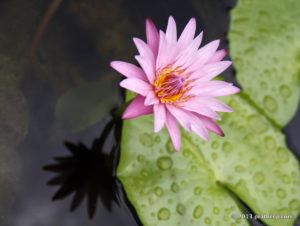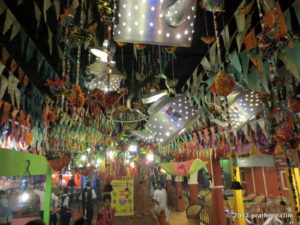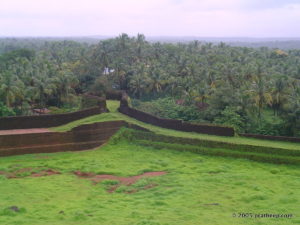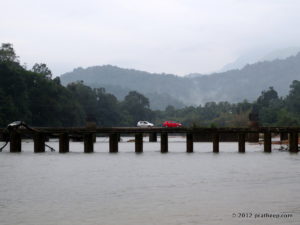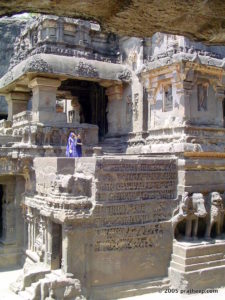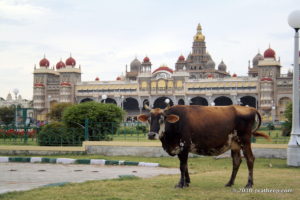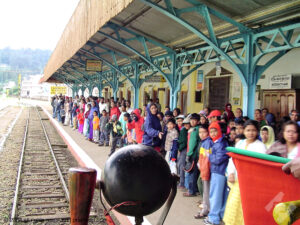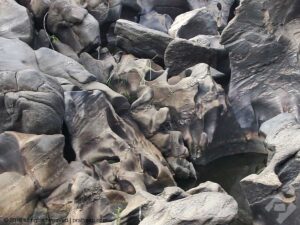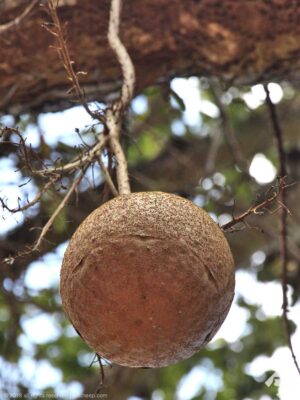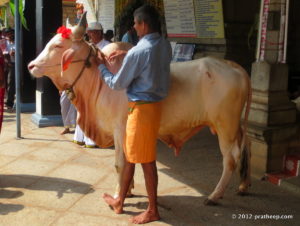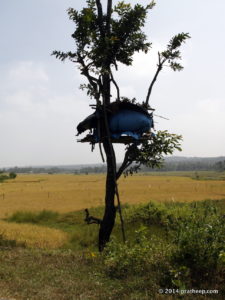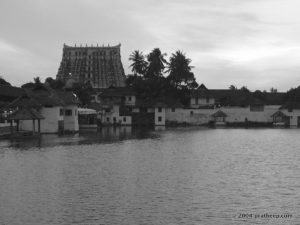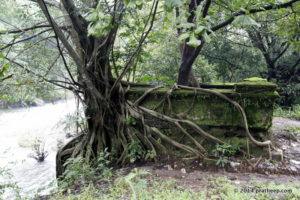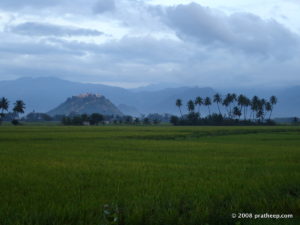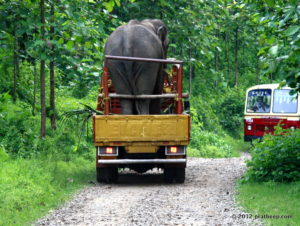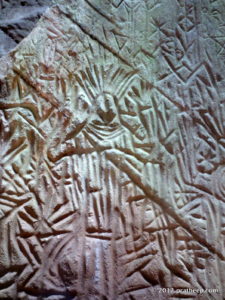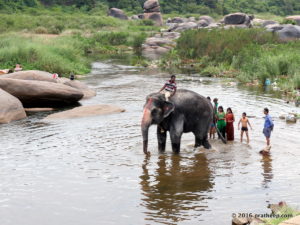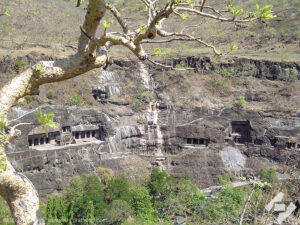Bamboo Bloom
Many times we passed through the Nagarhole forests in the past, but this time it was not the usual lush green forest that greeted us.
Our destination was the Tamarind Guesthouse in Tirunelli buried deep in the forest on the northern fringes of Wayanad.Thick bamboo groves used to make a green canopy over the road. This time that sight was missing. Instead what greeted us was a endless number of decaying bamboo clumps along the way.
They say when bamboo flowers, it happens simultaneously over vast traits, spanning many hundred square miles. True. We drove about 50 km through various stretches of this contiguous forest spanning over Karnataka and Kerala states. The destruction of bamboo groves is total.
Unlike many would expect the gregarious looking bamboo bloom doesn't bring cheers, at least to the wildlife. There is a Mizo saying “When bamboo flowers, famine, death and destruction follows”. It must be true.
The fallen seeds, very nutritious and massive in quantities, is a booty for the rodents. The bamboo seed supply however doesn't outlast the now exponentially growing rat population. The natural food chain balance go for a spin. The rats would now destroy every food crop as the food availability is too miniscule and its population is overwhelming.
To top it, livelihoods that depends on bamboo come to a grinding halt, as the bamboo grooves die wither once it bloom. It makes sense to that old Mizo wisdom.
There are many hypotheses over how and why bamboo blooms. The debates apart, a few things are true for sure. It bloom after unusually long periods - once in many decades. It has been told that this type of bamboo in this region, bloomed after 40 years.That's news. Bamboo is monocarpic, means it flowers only once it its lifetime.That blloming spells its destruction.
Later we realized that we've reached here at the fag end of the bamboo bloom cycle, that's sweeping the region. Much of the clumps are at various stages of decay. Many partially collapsed, while the rest reduced to heaps of deadwood.
More than the looming overpopulation of the rats, Wayanad has a different concern. The bamboo shoots is the favorite fodder for the elephant population.The self destruction cycle of the bamboo can seriously affect the elephant population.
We've also seen a new addition to the Wayanad's forest produce. It's the bamboo seed (locally called Mulayari). They say the tribal folks collect the fallen seeds (each clumps can produce up to 50kgs) clean it and 'supply' to the local societies. The packed and labeled bamboo seed is going at a whooping Rs250 a kilo!
And to top the celebration of this bamboo booty, some even sell 'Mulayari Payasam' (kheer made of Bamboo seed). Rupees 10 for a teacup sized serving. That 'subsidized' price is to lure the tentative customers to buy the bamboo seed pack, selling at premium. The bamboo seed looks, smells and even tastes a lot like that brownish raw rice grains popular in Kerala.
It seems the mystery and trivia surrounding bamboo is never ending. Bamboo is not a tree, its a grass, rather the tallest grass on earth. Also it is the fastest growing plant in the planet. Overnight it can grow many inches taller.
Now I'm quite curious to see the fresh bamboo grooves that's going to fill this area over the years to come. According to the experts it may take another 5 years before the fresh bamboo groves comes up to the present level.

Bamboo bloom at Wayanad
| bamboo-bloom
Bamboo bloom at Wayanad

Mananthavadi is 31km from Thirunelli
| mananthavadi
Mananthavadi is 31km from Thirunelli

Bamboo Seed
| Bamboo Seed
Bamboo Seed. It looks a lot like wheat grain, but about half the size of wheat grains.
GALLERY
Bamboo bloom at Wayanad

bamboo-bloom
Bamboo bloom at Wayanad
Mananthavadi is 31km from Thirunelli

mananthavadi
Mananthavadi is 31km from Thirunelli
Bamboo Seed

Bamboo Seed
Bamboo Seed. It looks a lot like wheat grain, but about half the size of wheat grains.








